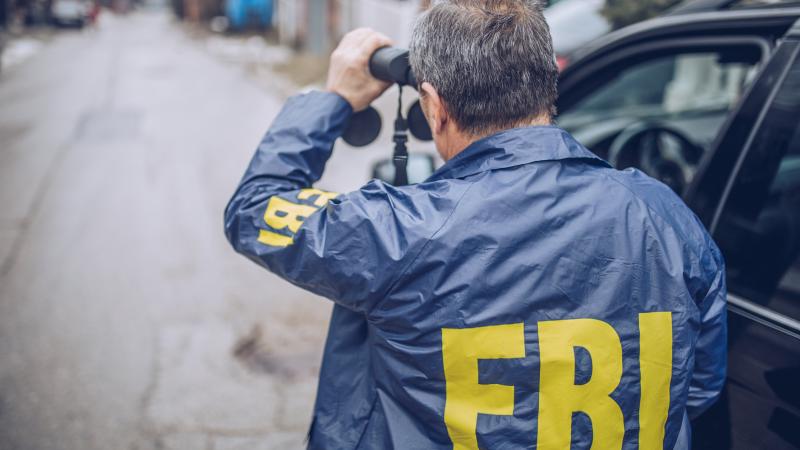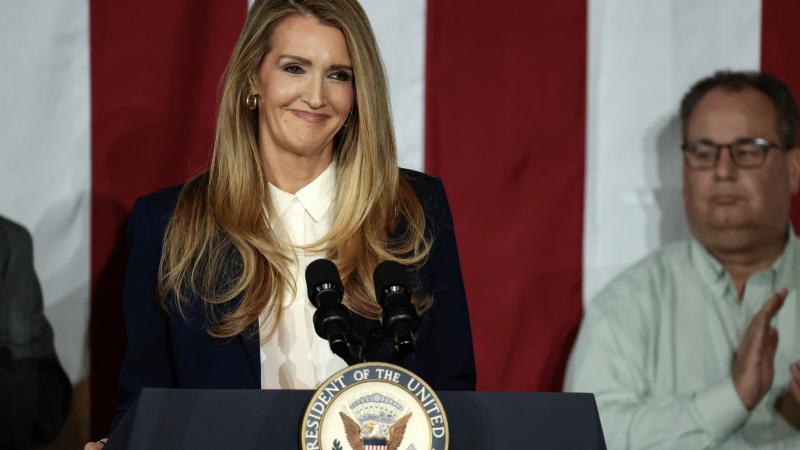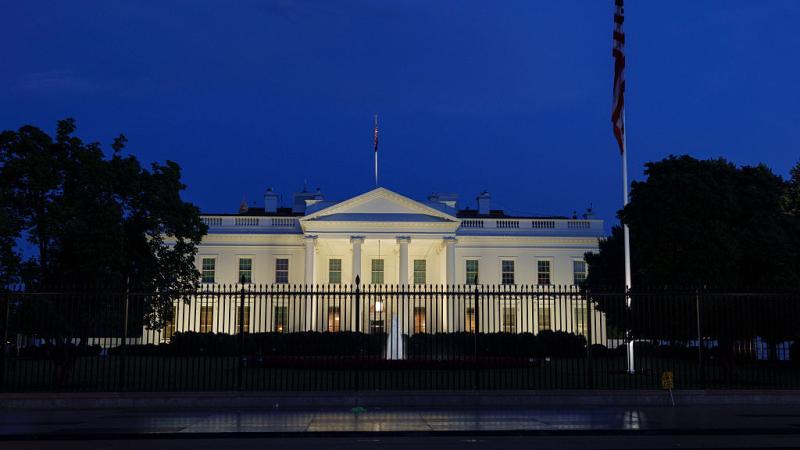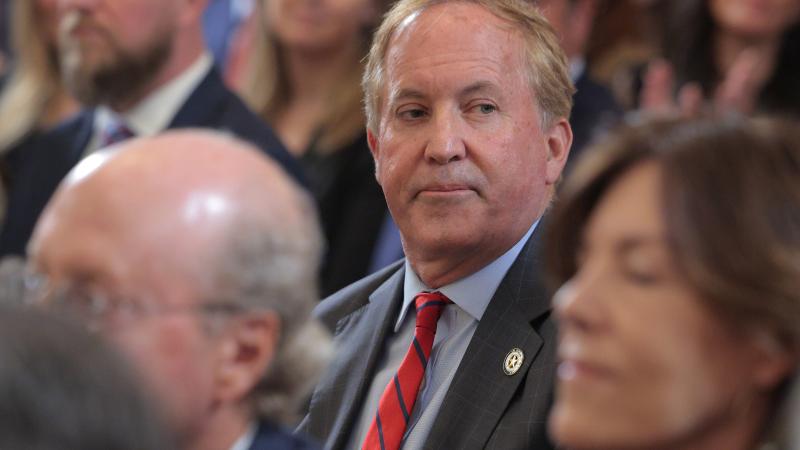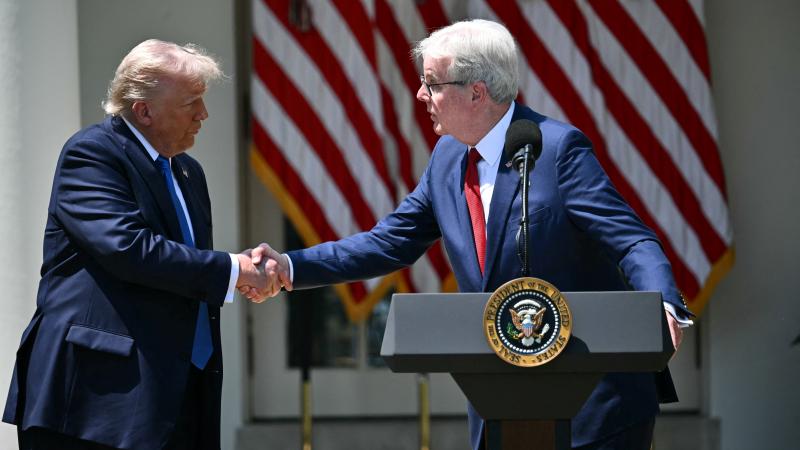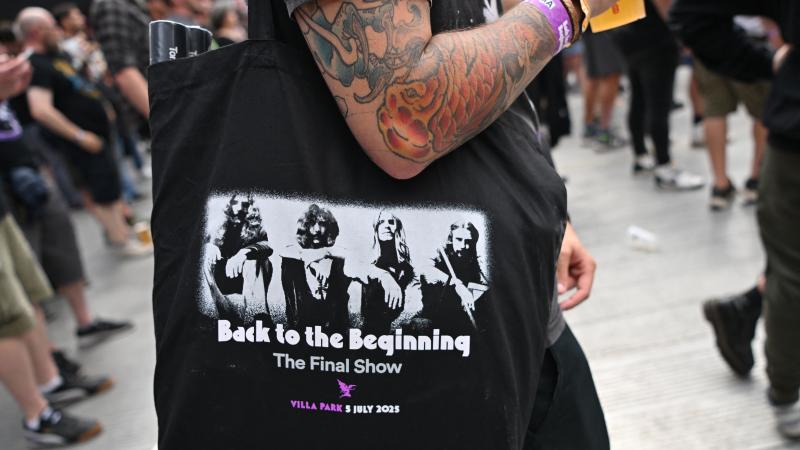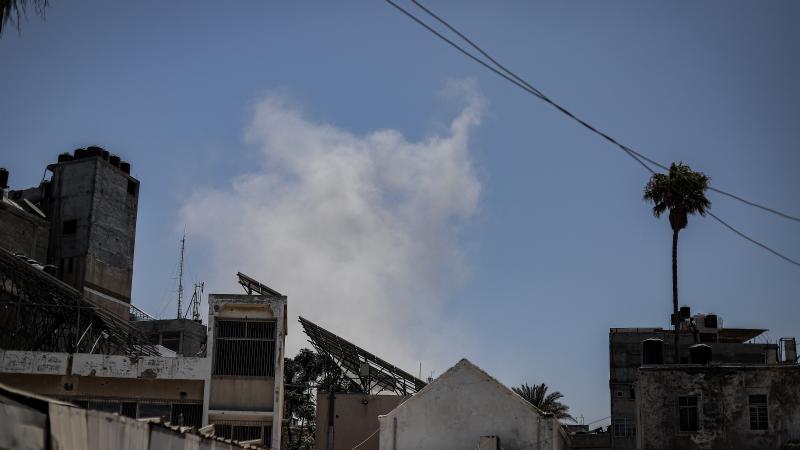Fauci discussed 'chimeras' with Wuhan research collaborator in Feb. 2020, email suggests
Research team finds novel coronavirus with MERS spike protein in Wuhan "rice sequencing study," undermining argument denying COVID lab manipulation.

The Department of Energy's reported conclusion that SARS-CoV-2 most likely leaked from a Chinese lab, affirming the FBI's assessment, is not the only recent evidence for the hypothesis still dismissed as a conspiracy theory by some establishment scientists.
Anthony Fauci discussed "the outbreak and chimeras" — fragments from different viruses stitched together into a new creation — with an American scientist collaborating with the Wuhan Institute of Virology (WIV) in February 2020, Freedom of Information Act documents suggest.
Previous FOIA disclosures imply that Fauci, then-director of the National Institute of Allergy and Infectious Diseases, played an unacknowledged role in a paper concluding that COVID-19 emerged naturally.
A new preprint study, not yet peer-reviewed, found a "novel coronavirus contaminating agricultural rice RNA sequencing datasets from Wuhan, China," whose composition suggests gain-of-function research related to Middle Eastern Respiratory Syndrome, caused by a coronavirus from the same family as COVID-19.
The genetic sequence shows "use of a previously unpublished HKU4 [MERS-related] reverse genetics system," the researchers wrote, which "clearly undermine[s]" the popular argument that "SARS-CoV-2 or any potential precursors could not have been manipulated in a laboratory" because there was no "published backbone closely related" to it.
House Oversight Committee Chair James Comer (R-Ky.) and Select Subcommittee on the Coronavirus Pandemic Chair Brad Wenstrup (R-Ohio) on Monday called on the DOE, FBI and State Department to share what they know about COVID origins.
DOE's blockbuster conclusion, reported over the weekend by The Wall Street Journal, was actually a reaffirmation. The department's Lawrence Livermore National Laboratory called the lab-leak theory plausible and deserving of further study in a May 2020 report, also classified, previously reported by WSJ.
Paul Thacker, who formerly investigated financial ties between physicians and pharmaceutical companies for the Senate Finance Committee, said he was told the DOE reaffirmation was based on a classified report by its Los Alamos lab, whose duties include pandemic preparedness. He declined to share more information with Just the News.
While the new report gives "low" confidence for DOE's conclusion about COVID's origin, that refers to the number of sources on which it relied, not the agency's confidence in them, according to Sen. Roger Marshall (R-Kan.), a fellow doctor derided as a "moron" by Fauci. (The FBI's confidence was reportedly "moderate.")
Marshall's view was backed by public health watchdog U.S. Right to Know, whose FOIA requests revealed a National Institutes of Health staffer deleted genetic sequences from NIH's Sequence Read Archive at a Chinese researcher's request in March 2020. NIH tried to hide both their identities after the fact.
In a report last week, USRTK said it found the "chimeras" conversation with Fauci buried in a 1,611-page FOIA production. It's mentioned in a Feb. 18, 2020 Slack conversation between two coronavirus researchers, the University of Maryland's Matthew Frieman and University of Texas Medical Branch's Vineet Menachery.
Frieman told Menachery about his "long" conversation with the University of North Carolina's Ralph Baric, in whose lab Frieman once worked. Baric collaborated with WIV on alleged gain-of-function research funded by NIAID.
"He said he sat in Fauci's office talking about the outbreak and chimeras," Frieman wrote. "I joked about his link to WIV, he wasn't amused." That meeting took place Feb. 11, 2020, according to Fauci's official calendar obtained by Open the Books.
Baric and NIAID did not respond to Just the News requests to elaborate on the contents of the reported conversation with Fauci. Deborah Kotz, senior director of media relations for the University of Maryland School of Medicine, said Frieman declined to comment.
The new preprint concerns the surprise discovery of a novel coronavirus in a "rice sequencing study" by Huazhong Agricultural University, published in NIH's Sequence Read Archive.
Analyzing the "complete viral genome sequence," the researchers found it was "98.38% identical" to a known bat coronavirus but this one has a novel spike protein that likely binds to the same receptor as the MERS coronavirus.
"We further identified that the novel HKU4-related coronavirus genome has been inserted into a bacterial artificial chromosome [BAC] in a format consistent with previously published coronavirus infectious clones," they wrote. The MERS-CoV spike was "very likely substituted into the novel HKU4-related CoV backbone ... indicative of enhanced potential pandemic pathogen (gain-of-function) research."
USRTK bioengineering scientist Karolina Corin put the paper in layman's terms and explained its significance for COVID origins, including "potential biosafety issues" related to how the coronavirus was discovered.
"MERS is generally a BL3 level agent," she wrote in a tweet thread, referring to the minimum security level for research on high-risk airborne infectious agents. "Rice is not. The status of the detected viruses is unknown, but the contamination certainly raises questions."
Mathematical biologist Alex Washburne, whose preprint last fall argued COVID has a "synthetic origin," called the research group behind the paper a "dream team" of bioinformaticians, biophysicists and medical professionals who have previously published on COVID origins.
"Coronaviruses never exist in BACs in the wild as BACs are creepy lab-made chimeras," Washburne wrote in a lengthy essay, "allowing researchers to genetically modify their virus, make an infectious clone of that virus, and test properties of that infectious clone, such as how well it can enter human cells or infect humanized mice."
The "proximal origin" natural explanation embraced by scientists including Fauci relies on the dubious "assumption that coronavirus researchers published everything they knew about bat coronaviruses by 2020," he wrote.
The Facts Inside Our Reporter's Notebook
Links
- Department of Energy's reported conclusion
- conspiracy theory by some establishment scientists
- played a secret role in a paper
- preprint study, not yet peer-reviewed
- share what they know about COVID origins
- The Wall Street Journal
- lab-leak theory plausible and deserving of further study
- according to Sen. Roger Marshall (R-Kan.)
- derided as a "moron" by Fauci
- NIH tried to hide both their identities
- report last week, USRTK said
- 1,611-page FOIA production
- Frieman told Menachery about his "long" conversation
- Baric collaborated with WIV on alleged gain-of-function research
- Fauci's official calendar obtained by Open the Books
- Karolina Corin put the paper in layman's terms
- research on high-risk airborne infectious agents
- preprint last fall argued COVID has a "synthetic origin,"
- previously published on COVID origins
- lengthy essay

